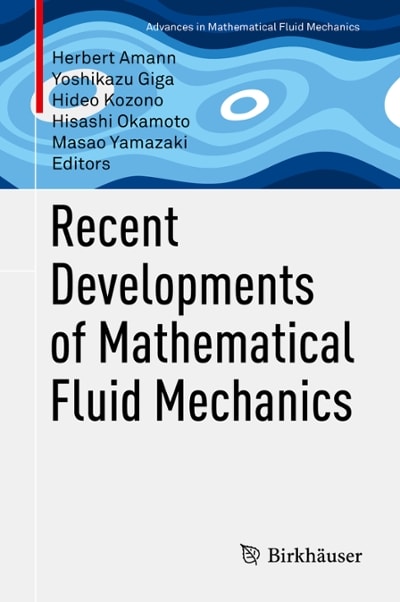Question
The average annual miles driven per vehicle in the United States is 11.1 thousand miles, with600 miles. Suppose that a random sample of36vehicles owned by
The average annual miles driven per vehicle in the United States is 11.1 thousand miles, with600 miles. Suppose that a random sample of36vehicles owned by residents of Chicago showed that the average mileage driven last year was10.9thousand miles. Does this indicate that the average miles driven per vehicle in Chicago is different from (higher or lower than) the national average? Use a 0.05 level of significance.
What are we testing in this problem?
single proportion:
single mean:
(a) What is the level of significance?
State the null and alternate hypotheses.
H0:= 11.1;H1:11.1
H0:p= 11.1;H1:p> 11.1
H0:p= 11.1;H1:p< 11.1
H0:= 11.1;H1:< 11.1
H0:p= 11.1;H1:p11.1
H0:= 11.1;H1:> 11.1
(b) What sampling distribution will you use? What assumptions are you making?
The standard normal, since we assume thatxhas a normal distribution with known.
The Student'st, since we assume thatxhas a normal distribution with unknown.
The Student'st, since we assume thatxhas a normal distribution with known.
The standard normal, since we assume thatxhas a normal distribution with unknown.
What is the value of the sample test statistic? (Round your answer to two decimal places.)
(c) Find theP-value. (Round your answer to four decimal places.)
Sketch the sampling distribution and show the area corresponding to theP-value.
(d) Based on your answers in parts (a) to (c), will you reject or fail to reject the null hypothesis? Are the data statistically significant at level?
At the= 0.05 level, we reject the null hypothesis and conclude the data are statistically significant.
At the= 0.05 level, we reject the null hypothesis and conclude the data are not statistically significant.
At the= 0.05 level, we fail to reject the null hypothesis and conclude the data are statistically significant.
At the= 0.05 level, we fail to reject the null hypothesis and conclude the data are not statistically significant.
(e) Interpret your conclusion in the context of the application.
There is sufficient evidence at the 0.05 level to conclude that the miles driven per vehicle in the city differs from the national average.
There is insufficient evidence at the 0.05 level to conclude that the miles driven per vehicle in the city differs from the national average.
Step by Step Solution
There are 3 Steps involved in it
Step: 1

Get Instant Access to Expert-Tailored Solutions
See step-by-step solutions with expert insights and AI powered tools for academic success
Step: 2

Step: 3

Ace Your Homework with AI
Get the answers you need in no time with our AI-driven, step-by-step assistance
Get Started


